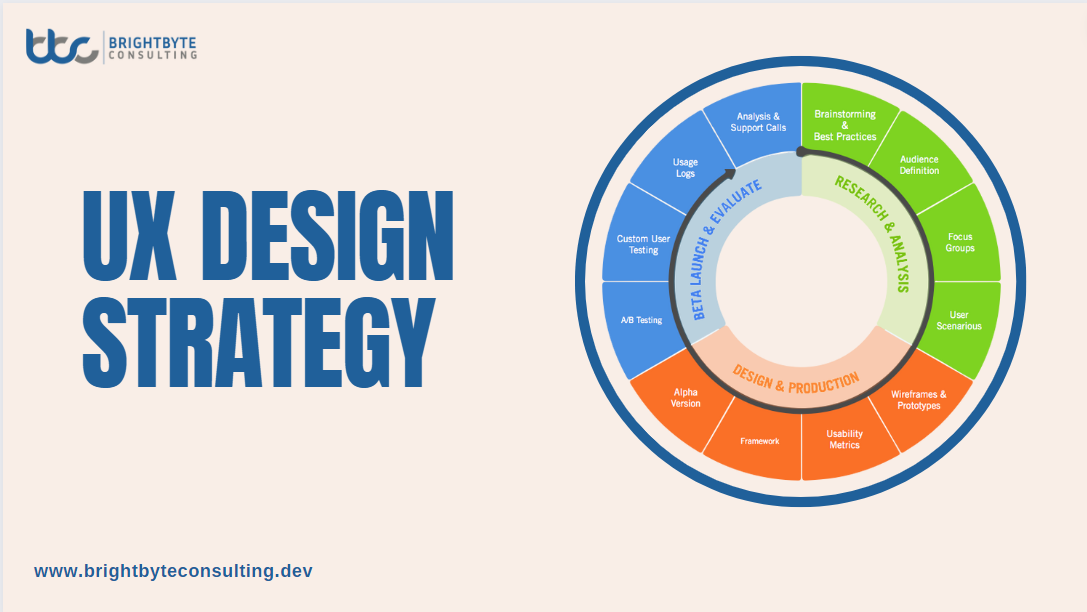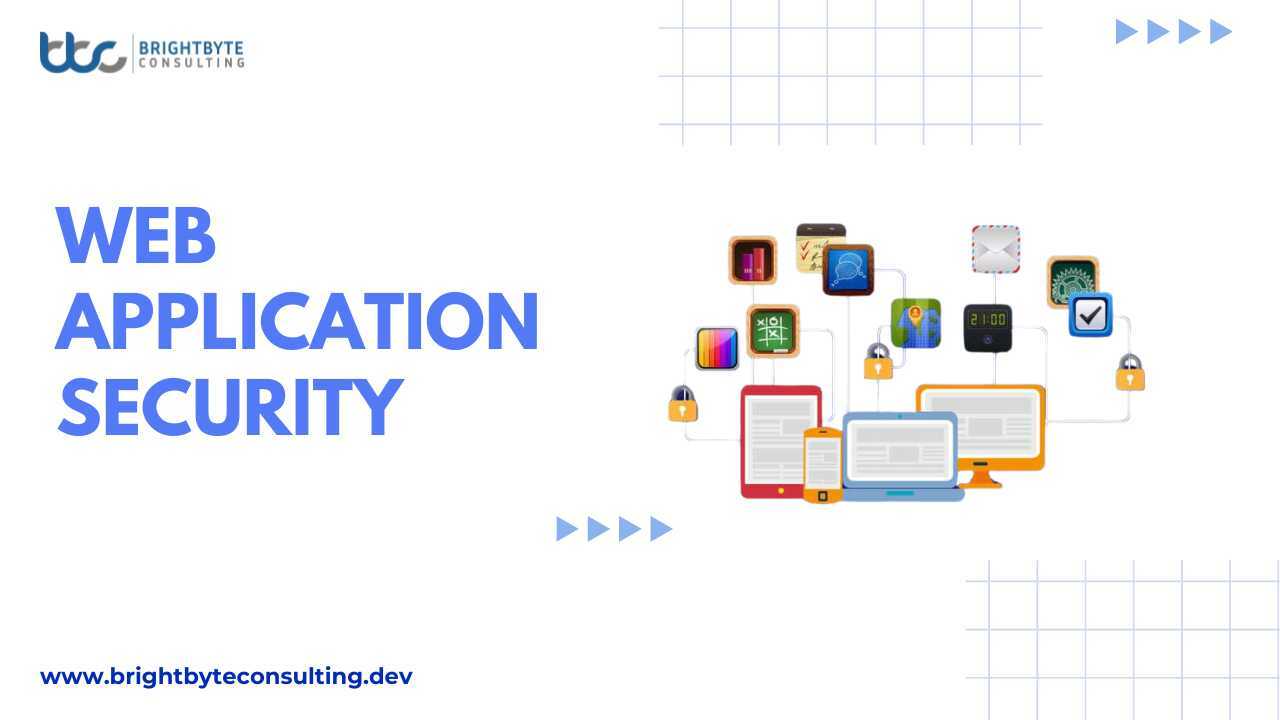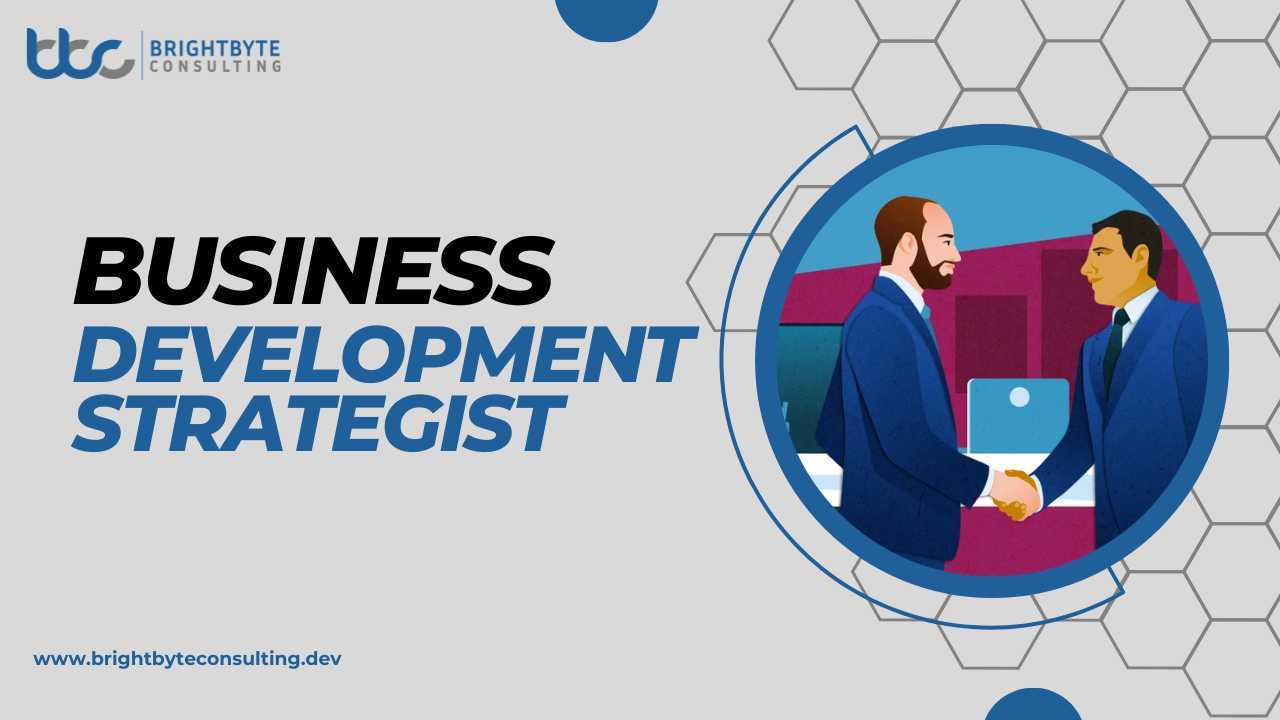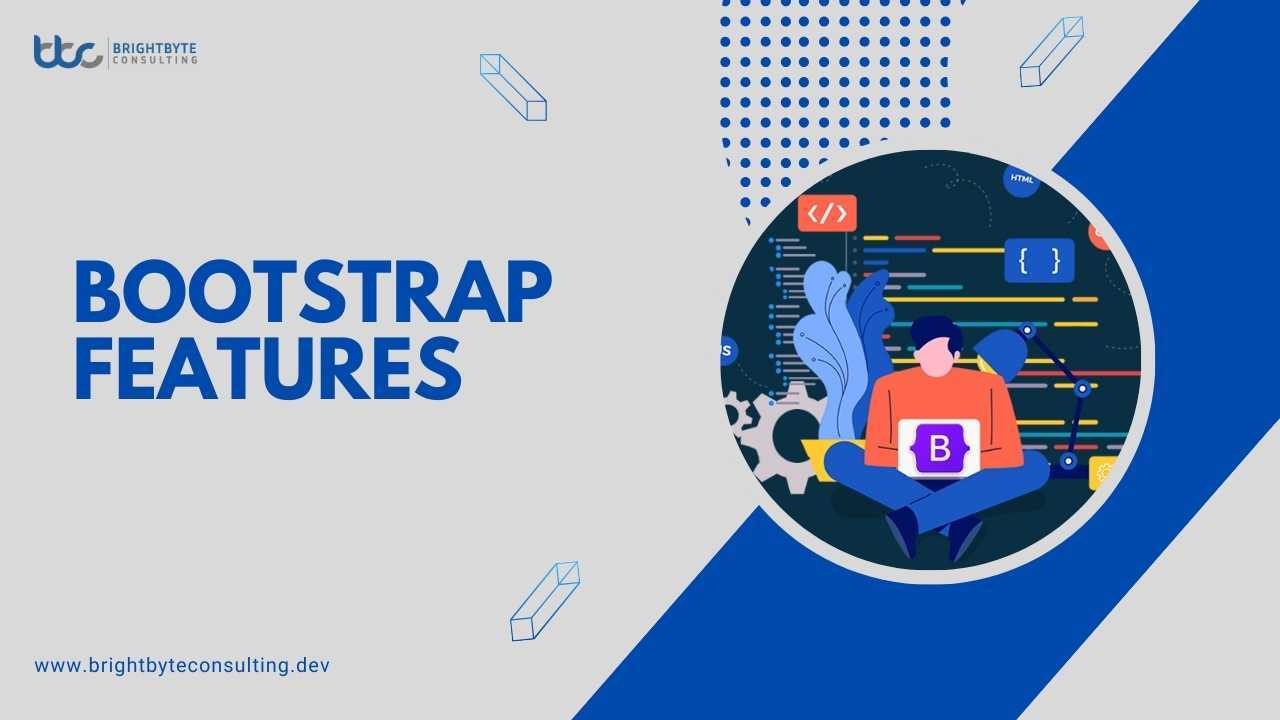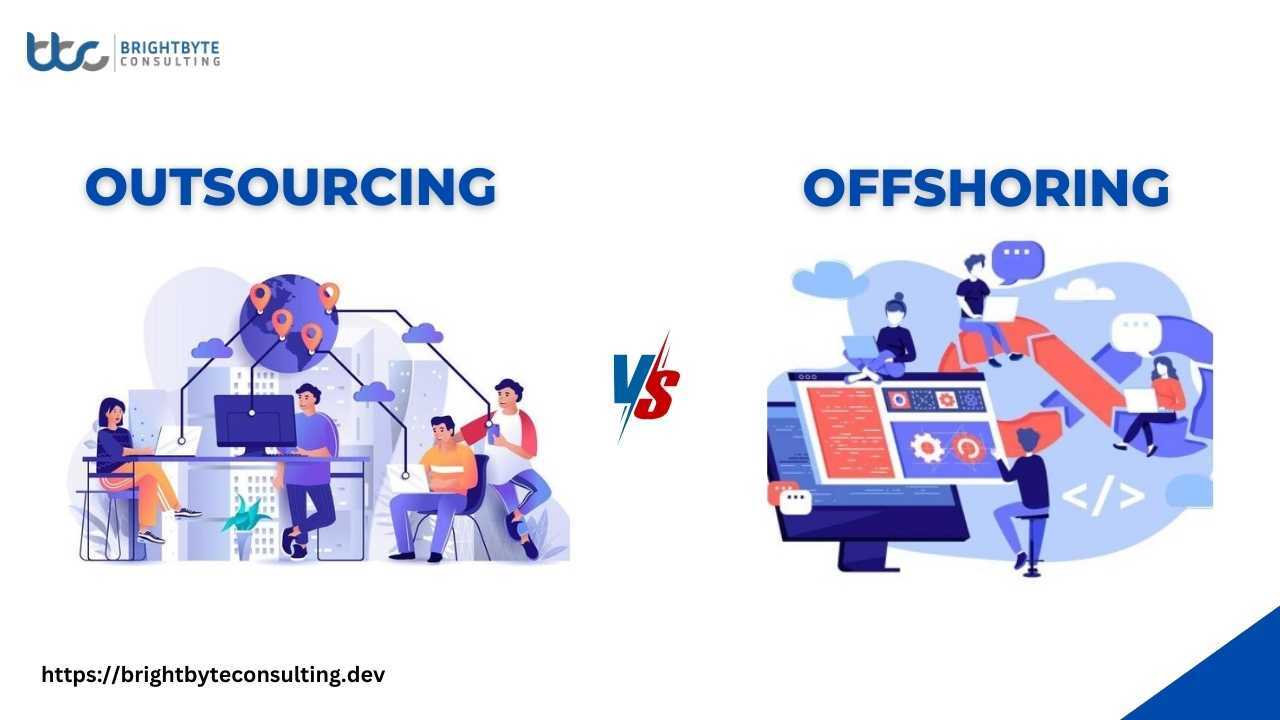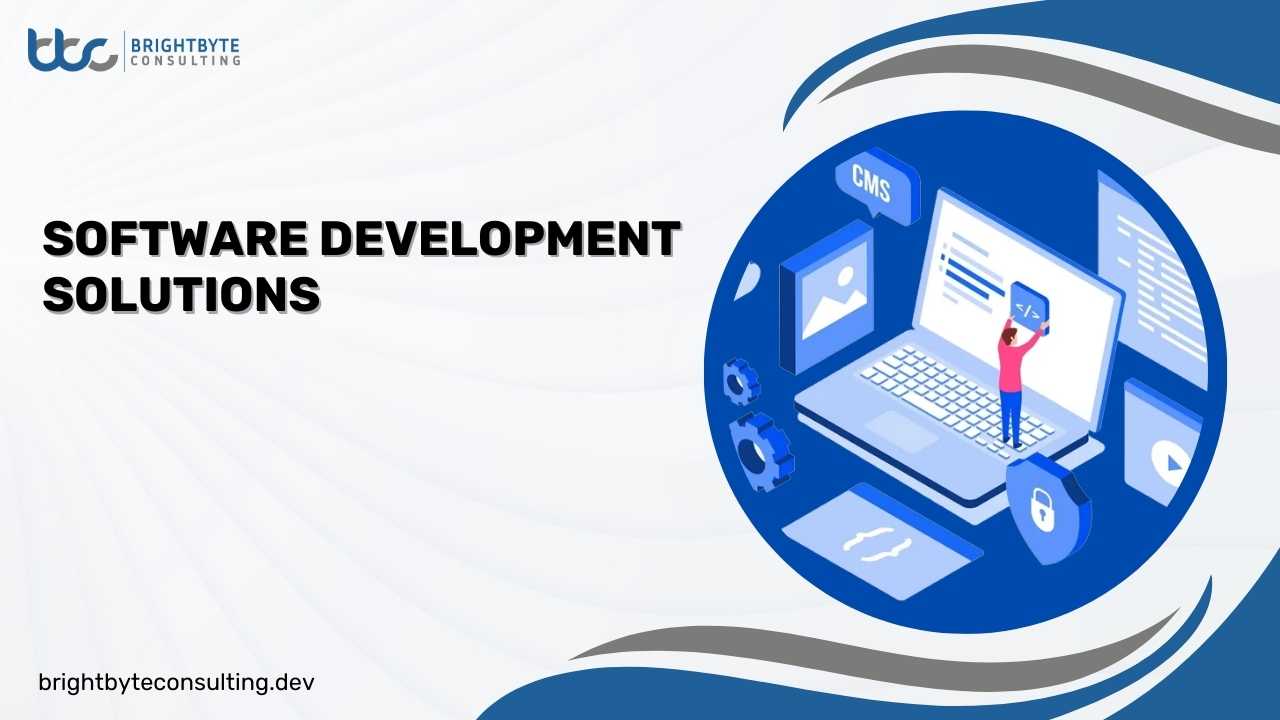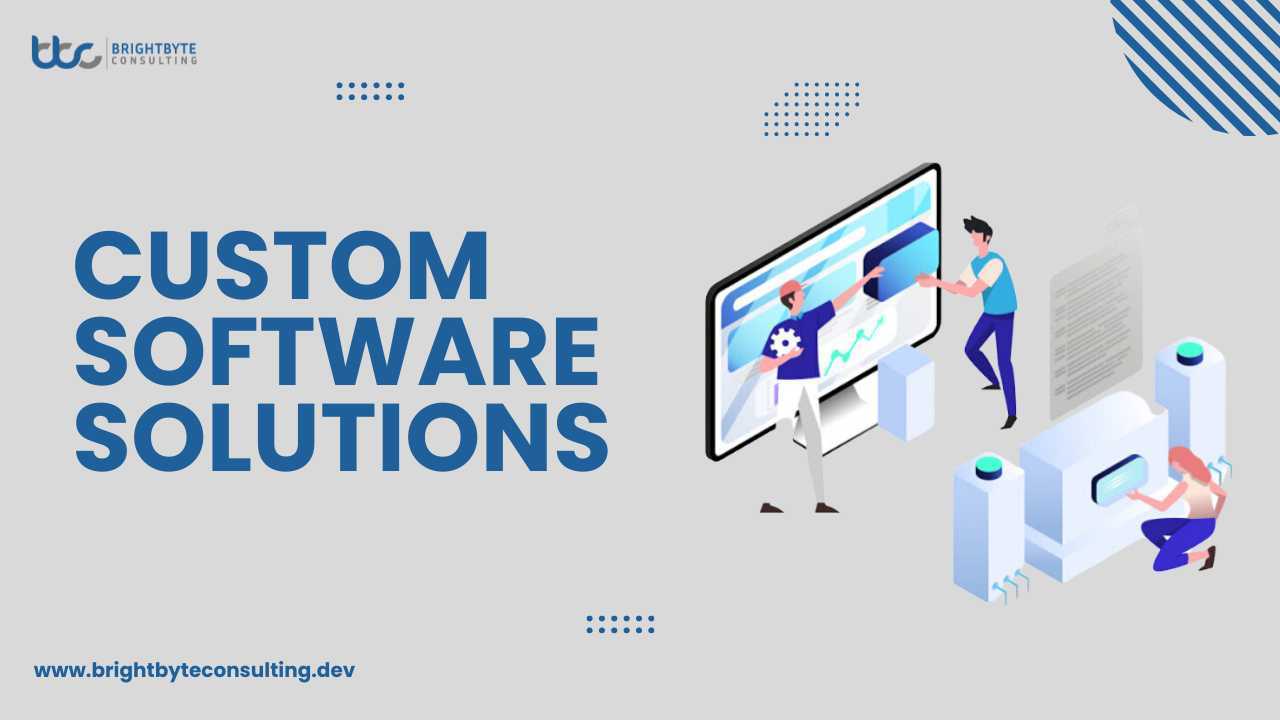In the ever-evolving digital landscape, crafting exceptional user experiences (UX) is no longer a secondary concern; it’s the cornerstone of product success. This comprehensive guide dives deep into the world of UX design strategy, equipping you with the knowledge to create experiences that resonate with users, anticipate their needs, and guide them seamlessly towards their goals. Following a well-defined UX design strategy can transform your product from simply functional to captivating and achieve lasting success.
What is UX Design Strategy?
UX design strategy is a roadmap for crafting exceptional user experiences. It ensures that every design decision aligns with user needs and business objectives. By focusing on user research, usability testing, and iterative design, UX design strategy helps create products that are:
- It is intuitive and easy to use
- Engaging and enjoyable
- Effective in achieving user goals
- Aligned with business goals, such as increased conversions or brand loyalty
Here is the detailed description of UX design strategy:
| Strategy | Description |
| User-Centric Design | Placing users at the core of design decisions, empathizing with their needs, behaviors, and preferences to create intuitive and enjoyable experiences. |
| Responsive Web Design | Crafting websites that adapt seamlessly to various screen sizes and devices, ensuring optimal viewing and interaction experiences for users across desktops, tablets, and smartphones. |
| Simplified Navigation | Streamlining navigation menus and structures to reduce cognitive load and help users effortlessly find the information or features they seek, enhancing overall usability and satisfaction. |
| Visual Hierarchy | Utilizing design elements such as size, color, and contrast to prioritize content and guide users’ attention towards the most important and relevant information, facilitating easier decision-making and engagement. |
| Clear Call-to-Actions | Incorporating prominent and concise call-to-action buttons or links that prompt users to take desired actions, whether it’s making a purchase, signing up for a newsletter, or exploring additional content, thereby improving conversion rates and user engagement. |
| Consistent Branding | Maintaining uniformity in design elements, typography, and imagery across all touchpoints to reinforce brand identity and create a cohesive user experience that builds trust and familiarity with the brand. |
| Accessibility Compliance | Ensuring that digital products are accessible to users with disabilities by adhering to accessibility standards and guidelines, such as providing alternative text for images, keyboard navigation options, and adjustable text sizes, promoting inclusivity and usability for all users. |
| Performance Optimization | Optimizing loading times and minimizing latency to deliver swift and responsive user experiences, reducing bounce rates and enhancing user satisfaction by eliminating frustrating delays and interruptions. |
| User Feedback Integration | Implementing mechanisms for gathering user feedback, such as surveys, feedback forms, or in-app rating systems, to gather insights into user preferences, pain points, and suggestions for improvement, enabling iterative refinement of the user experience based on real user insights. |
| Personalization | Leveraging user data and behavioral patterns to tailor content, recommendations, and features to individual user preferences and interests, fostering a sense of relevance and connection that enhances user engagement and satisfaction. |
Benefits of UX Design Strategy
A well-crafted UX design strategy isn’t just about creating a beautiful interface; it’s about creating a product that drives results. Here’s how:
Unmatched User Satisfaction
When users have a seamless and positive experience interacting with your product, their satisfaction soars. This translates into loyal customers, positive word-of-mouth marketing, and a brand reputation built on user-centricity. Think of it as the beautiful melody that keeps the audience engaged.
Conversion Rate
A well-designed user experience paves the way for conversions. Users who find what they need quickly and are guided effortlessly towards completing desired actions, like making a purchase or signing up for a service, become loyal patrons. This is the crescendo moment, where the user takes the desired action.
Development Cost
The iterative nature of UX design strategy helps identify and address usability issues early on. This leads to a smoother development process and saves valuable time and resources that might have been expended fixing problems post-launch. Imagine a perfectly coordinated orchestra – each element working together to create a flawless performance, minimizing errors and wasted resources.
Business Growth
A successful UX design strategy isn’t just about user happiness; it aligns with your business objectives. By prioritizing features and functionalities that meet user needs, you create a product that drives engagement and brand loyalty and, ultimately, fuels business growth. This is the grand finale – the culmination of all the elements working together to achieve the business goals.
The UX Design Strategy: A Step-by-Step Guide
Now that we understand the “why” of UX design strategy, let’s explore the “how.” Here’s a breakdown of the critical steps in this impactful process:
1. The User Research Symphony
This is where you gather critical information about your target audience. Utilize a variety of instruments in your research orchestra:
- Surveys: Employ online surveys to gather quantitative data on user behaviours, preferences, and pain points. Think of them as the violins, providing vast data points.
- Interviews: Conduct in-depth interviews to gain qualitative insights into user needs, motivations, and frustrations. These are the cellos, offering rich and nuanced understanding.
- User Testing: Observe real users interacting with prototypes or existing products to identify usability issues firsthand. They are the percussion section, providing the rhythm and revealing areas needing refinement.
2. The Competitive Analysis
Understanding your competitors’ strengths and weaknesses is crucial. Analyze their products, identify user feedback, and uncover potential areas for differentiation in your design strategy. This is like studying other conductors, learning from their techniques and identifying opportunities to create a unique performance.
3. The Persona Development Play
Imagine your ideal user. Craft detailed personas outlining demographics, goals, behaviours, and pain points. These personas become your companions throughout the design process, ensuring every decision resonates with your target audience. Think of them as the soloists, representing the specific user segments you are catering to.
4. The Information Architecture Aria
This involves defining the structure and organization of your product’s content. It’s about ensuring a logical flow and intuitive hierarchy, making information easily discoverable and user journeys effortless. Imagine it as sheet music, outlining the order and arrangement of each element within the user experience.
5. The Prototyping
Here’s where the visual elements come into play. Start with low-fidelity prototypes, basic sketches or wireframes focusing on core functionalities and user flows. These prototypes are like the first draft of the music, allowing for quick iteration and feedback before investing heavily in detailed visuals.
6. The Prototyping Act II
Building on the learnings from low-fidelity prototypes, create high-fidelity prototypes. These prototypes are more visually polished, incorporating design elements like colours, fonts, and layouts. They are like the final score, providing a realistic representation of the user experience for further testing and refinement.
7. The Usability Testing
With prototypes in hand, it’s time for usability testing. Observe real users interacting with the prototypes, identifying any usability issues or areas for improvement. This is where the user becomes the conductor again, providing valuable feedback that helps refine the performance.
8. The Iteration
The beauty of UX design strategy lies in its iterative nature. Based on user feedback from testing, the design is continuously refined. This back-and-forth process ensures the final product is polished and intuitive and addresses user needs with laser focus. Think of it as the conductor making adjustments during rehearsals, ensuring a flawless performance on opening night.
UX Design Tools and Techniques
Several valuable tools and techniques can be leveraged throughout the UX design strategy process:
- User research tools: Surveys, interview platforms, user testing software
- Persona creation tools: Online templates, mind mapping software
- Prototyping tools: Wireframing tools, low-fidelity and high-fidelity prototyping software
- Usability testing tools: Session recording software, eye-tracking software
Examples of Successful UX Design Strategies
Real-world examples illustrate the power of UX design strategy:
- Airbnb: Their intuitive interface and user-friendly search functionality make finding and booking accommodations a breeze.
- Duolingo: Gamification elements and a personalized learning path keep users engaged and motivated to learn a new language.
- Apple: Apple products are renowned for their clean aesthetics, intuitive user flows, and seamless integration within their ecosystem.
By following these steps and learning from successful examples, you can craft a UX design strategy that results in user experiences that are both rewarding and achieve your business goals.
Why BBC for UX Design Strategy
UX is king! At Bright Byte Consulting, we craft user-centric experiences that drive results. We partner with you through every stage of the UX design process.
Complement our expertise with external resources:
- Learn about user needs across cultures.
- Explore design thinking documentaries.
- Discover real-world UX case studies.
- Stay updated on industry trends.
Together, let’s create captivating user experiences that fuel your business growth. Contact Bright Byte Consulting to discuss your UX needs!
Conclusion
By investing in a UX design strategy, you’re investing in the success of your product. By prioritizing user needs and creating delightful and user-centred experiences, you can build a loyal user base, achieve your business goals, and ultimately stand out in today’s competitive landscape.
FAQs
What is a UX design strategy?
It’s a roadmap for crafting user experiences (UX) that are intuitive, engaging, and meet both user needs and business goals. It involves research, testing, and iteration to create effective and successful products.
Why invest in UX design strategy?
A well-defined UX strategy leads to happier users, increased conversions, reduced development costs, and business growth. It helps avoid costly mistakes and design products users love from the start.
What are the critical steps in UX design strategy?
The process typically involves user research (surveys, interviews), competitor analysis, persona development, information architecture planning, prototyping, usability testing, and iteration based on user feedback.
Do I need a UX professional for UX design strategy?
While you can learn the basics independently, a UX professional brings expertise, proven methodologies, and a user-centered approach to ensure a successful outcome.
How can I get started with UX design strategy?
Start by researching your target audience through surveys or interviews. Explore free online resources and tutorials on UX design. Consider attending workshops or hiring a UX consultant for a tailored strategy.

